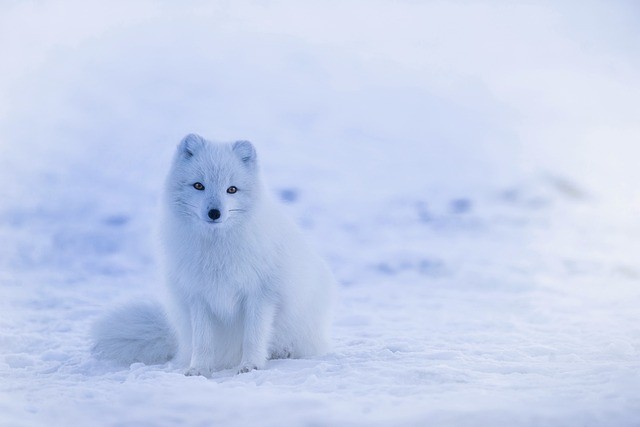To perfect your skiing form and improve your technique on the slopes, here are some essential techniques to focus on:
1. Balance and Body Position
Maintain a balanced and centered position over your skis. Keep your weight evenly distributed between both skis, and avoid leaning too far back or forward. Keep your upper body relaxed and facing downhill, with your arms forward for stability.
2. Proper Stance
Adopt a proper skiing stance by bending your knees and ankles, creating a slight forward lean. This flexed position helps absorb shocks and allows for better control and maneuverability. Avoid sitting back or standing too upright, as it can affect your balance and control.
3. Edging and Carving
Learn to use your edges effectively. By tilting your skis on their edges, you can carve turns and control your speed. Practice shifting your weight and your body to engage the edges and initiate smooth, controlled turns.

4. Pole Usage
Proper pole usage can aid in timing and balance. Plant your poles firmly in the snow as you initiate turns, using them for rhythm and timing. Avoid excessive swinging or leaning on the poles, as they are primarily for support and not for propulsion.
5. Flexibility and Range of Motion
Develop flexibility and a good range of motion in your joints. This will help absorb shocks, maintain balance, and allow for fluid movements. Regular stretching exercises, both before and after skiing, can improve your flexibility and prevent injuries.
6. Weight Shifting and Pressure Control
Practice shifting your weight from ski to ski smoothly. Use the inside edge of the downhill ski to initiate turns and control your direction. Experiment with the amount of pressure applied to each ski to fine-tune your turns and adapt to different terrain.
7. Pole Planting and Timing
Proper pole planting and timing are crucial for rhythm and control. Coordinate your pole plants with your turns, aiming to plant the pole downhill and slightly ahead of your skis. This helps with balance, timing, and overall fluidity in your skiing.
8. Upper and Lower Body Separation
Develop the ability to separate the movements of your upper and lower body. This allows for better control and responsiveness while skiing. For example, when making turns, keep your upper body facing downhill while your lower body twists and follows the direction of the turn.
9. Terrain Adaptation
Practice adapting your technique to different types of terrain and snow conditions. This includes adjusting your turn shape, speed, and pressure control to match the terrain you’re skiing on. Varied terrain challenges your skills and improves your overall skiing ability.
10. Take Lessons and Seek Feedback
Consider taking lessons from qualified ski instructors to improve your technique. They can provide valuable feedback, identify areas for improvement, and guide you through specific drills and exercises to enhance your skiing form.
Remember, practice and consistency are key to perfecting your skiing form. Gradually challenge yourself with more difficult runs as your skills improve. Always ski within your comfort zone and abide by safety guidelines to ensure an enjoyable and safe skiing experience.









